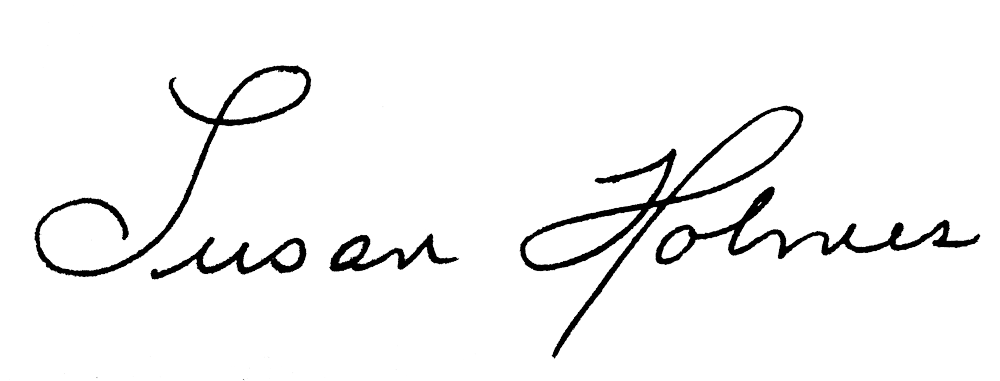Every spring and fall, the imperiled red knot makes a journey of more than 9,000 miles from South America to the High Arctic and back. This massive voyage requires patience, endurance, and food.
The spring red knot migration has been timed over millions of years to arrive on the Atlantic coast during horseshoe crab spawning season. Red knots feed on horseshoe crab eggs and replenish their energy for the final leg of their trip.
But horseshoe crabs are themselves in decline. Populations of horseshoe crabs have crashed in recent decades because of overharvesting and habitat loss. They are used as bait in commercial fisheries and biomedical companies drain their blood for use in pharmaceutical tests. This added pressure is more than horseshoe crabs can survive.
There are synthetic alternatives to horseshoe crab blood that have been put to use in Europe but American companies have been slow to transition–speeding the decline of horseshoe crabs and putting the future of red knots in jeopardy.
Protecting horseshoe crabs under the Endangered Species Act will not only help to keep this prehistoric species in our waters and on our beaches for future generations but will allow hungry, world-traveling red knots to continue their awe-inspiring migration. Please add your name to support this Endangered Species Act listing today.
Thank you for your commitment to wildlife and wild places.
Sincerely,

Susan Holmes
Executive Director
Endangered Species Coalition


0 comments on “Red Knots are leaving soon on their 9,000 mile journey. Will there be food?”